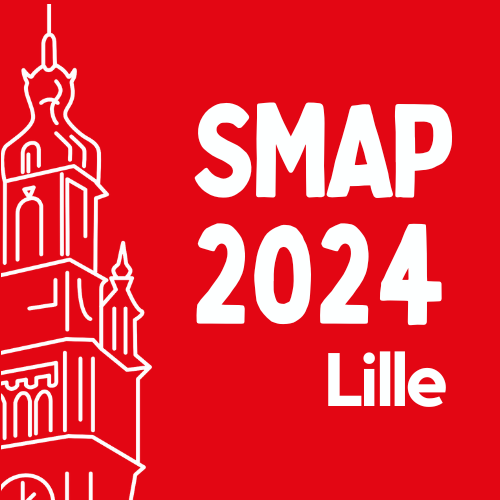
Session: Parallel session 1 - Health and biological sciences
First in vivo N-terminomic profiling of Drosophila wing discs during apoptosis: biological implications of novel caspase substrates in cell extrusion.
Cell extrusion, the carefully coordinated process of expelling dying epithelial cells, has garnered significant attention in recent years. This interest is not only due to its crucial role in maintaining tissue integrity but also because it serves as an initial defense mechanism against cancer by selectively expelling pre-tumoral cells. However, our understanding of caspases' role in coordinating cell extrusion has been limited due to a lack of in vivo studies and the absence of a systematic identification of substrates that clearly distinguish between cleavages driven by effector caspases versus upstream caspases.
To address this knowledge gap, we developed the first comprehensive in vivo library of effector caspase substrates using the high-efficiency undecanal-based N-termini enrichment (HUNTER) approach in D. melanogaster wing discs. We induced apoptosis conditionally by activating the expression of the proapoptotic gene UAS-reaper in the wings and compared it to a control (UAS-LacZ) and discs where upstream caspases were activated but effector caspases were inhibited (UAS-reaper, UAS-p35, an effective effector caspase inhibitor).
Our study revealed a significant increase in protein neo-N-termini following apoptosis induction and identified 19 novel high-confidence substrates of the main Drosophila effector caspase Drice. Biochemical validation using in vitro cleavage assays with recombinant proteins and functional validation via siRNA-mediated depletion led to the identification of novel caspase substrates involved in cell extrusion. Our database serves as a valuable resource for the scientific community, providing molecular insights into the mechanisms by which caspases initiate and regulate cell extrusion in vivo.